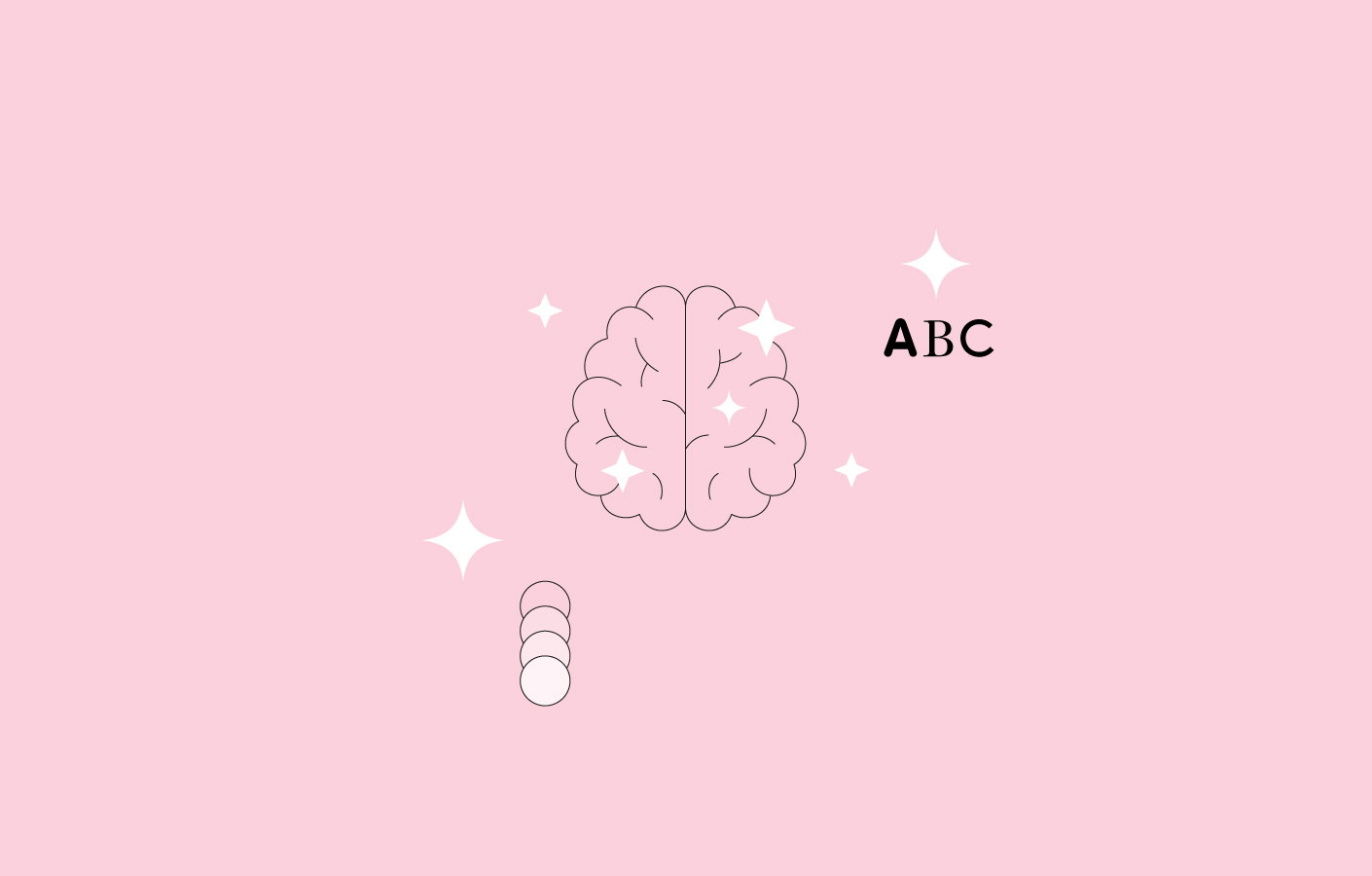
Neuromarketing reveals powerful insights for label designers
A study of the brain’s responses to marketing stimuli and how it drives consumer behavior
Thanks to a collaboration between Avery Dennison, vineyard and winery Santa Rita®, and Mind Insights®, M_use will be sharing what we learned about consumers’ responses to the look and feel of wine labels and related influences on purchasing decisions.
What is neuromarketing?
While the term ‘neuromarketing’ is relatively new, coined in 2002, big name companies have been trying to research consumers’ conscious and subconscious responses to marketing stimuli for more than 50 years.
Neuromarketing today is a commercial marketing communication field that applies neuropsychology to marketing. It consists of analyzing consumers' responses to different types of marketing stimuli and trying to understand their responses and purchasing decisions. 'Neuromarketing' refers to the process of inferring consumers’ responses by analyzing brain activity, but neurological approaches are only one kind of scientific method. This type of data can help brand owners and designers create more efficient and effective marketing.
In 2018, Avery Dennison joined with Santa Rita to conduct a study with Mind Insights to uncover insights on how different face stock materials and design choices affect consumers’ perceptions and buying behaviors in the wine and spirits segment.
What can we learn from neuromarketing?
In the United States alone, 3,500 new wines hit the shelf each year, according to a 2017 Nielsen report. That figure represents 14 percent of all items in the wine category, and highlights how much brands depend on package differentiation to earn and retain consumer attention.
Dr. Gordy Pleyers from Mind Insights says a prominent role is played by implicit factors on labels such as color, texture, shape, typeface and imagery: “Our studies show how such factors can have a powerful impact on consumers’ spontaneous perceptions. Packaging can be highly effective in automatically standing out, arousing a positive emotion and conveying strategic values in consumers’ minds. Using such factors properly can make packaging a powerful communication tool in the field of wine.”
Mind Insights, a scientific organization driven exclusively by university professors, has developed and validated models based on the most advanced scientific knowledge and the most powerful types of scientific methods (which are typically quite different from commercial approaches). The global approach consists of manipulating the various factors that are actively involved in a wine label, usually one at a time and sometimes in very subtle ways, and removing the influence of the other interfering factors. This allows a reliable analysis of consumer perception and paves the way for powerful insights into the way the mind works. For instance, in some studies, slightly reducing color saturation increased the perception of quality by up to nearly 20 percent.
How to use neuromarketing to elevate your brand
Over the next few months, M_users—in this case a team of materials, design, and wine and spirits experts—will bring you a series of neuromarketing insights to share findings from the study on how brand narrative, materials and design style affect consumer perception.
About the Study Partners
Founded in 1880, Santa Rita is a Chilean vineyard and winery marketing products in over 75 countries. With a strong focus in the premium and superfine segment, the company is positioned as a leading producer and exporter of quality premium and superior quality wines.
Mind Insights is a neuromarketing organization spearheaded by Dr. Gordy Pleyers and Dr. Nicholas Vermeulen, professors of marketing and neuroscience at the Catholic University of Louvain (UCL) in Belgium. Based on a unique combination of scientific resources, this organization offers the most advanced and reliable solutions to understand and influence consumers’ perceptions and behaviors.








